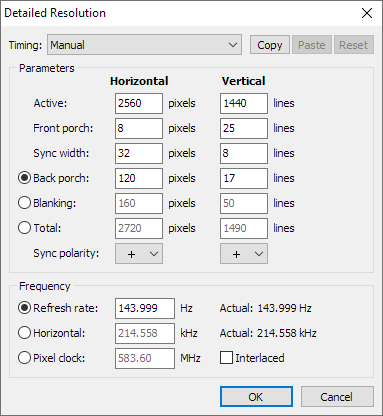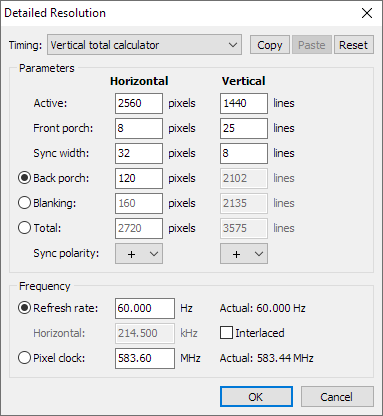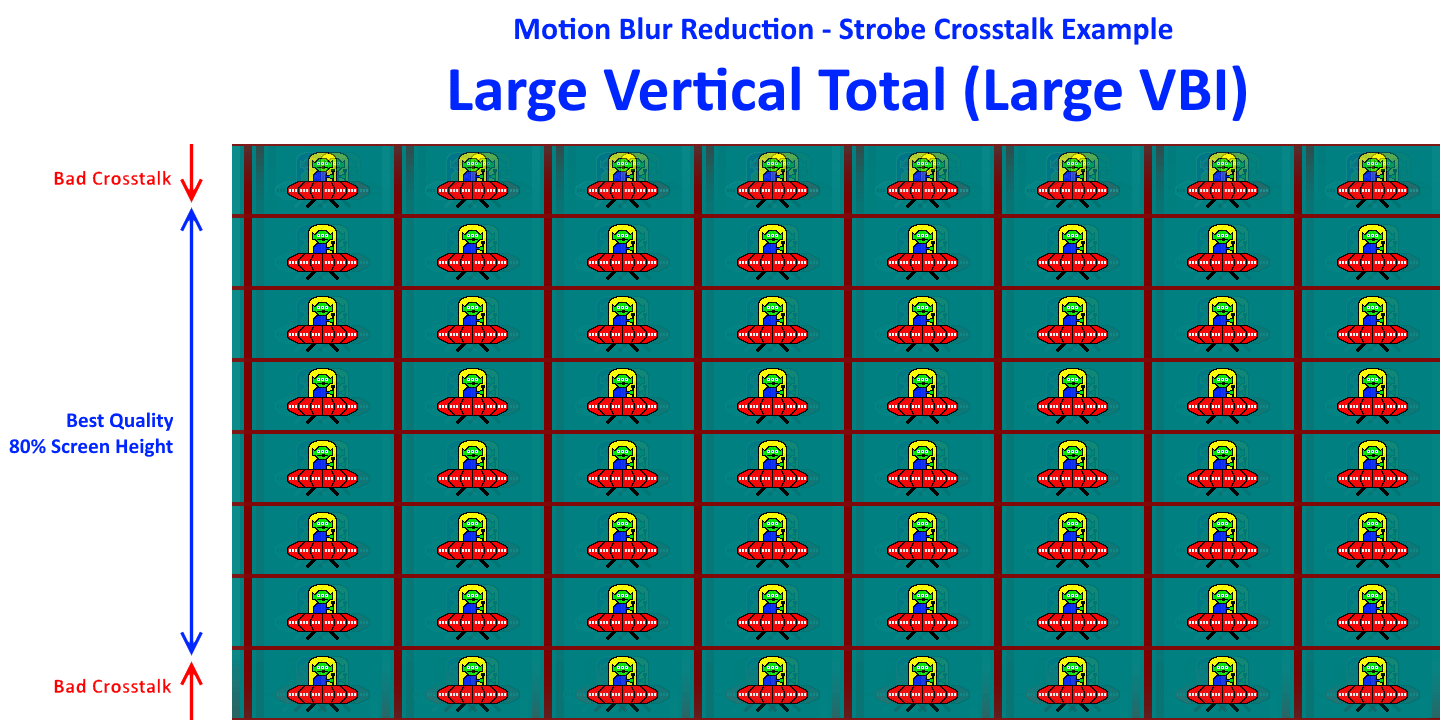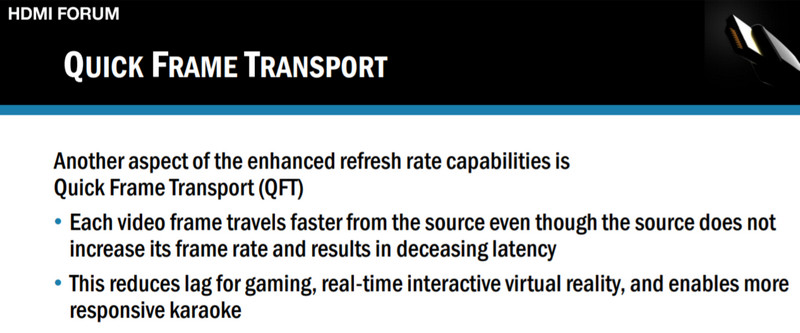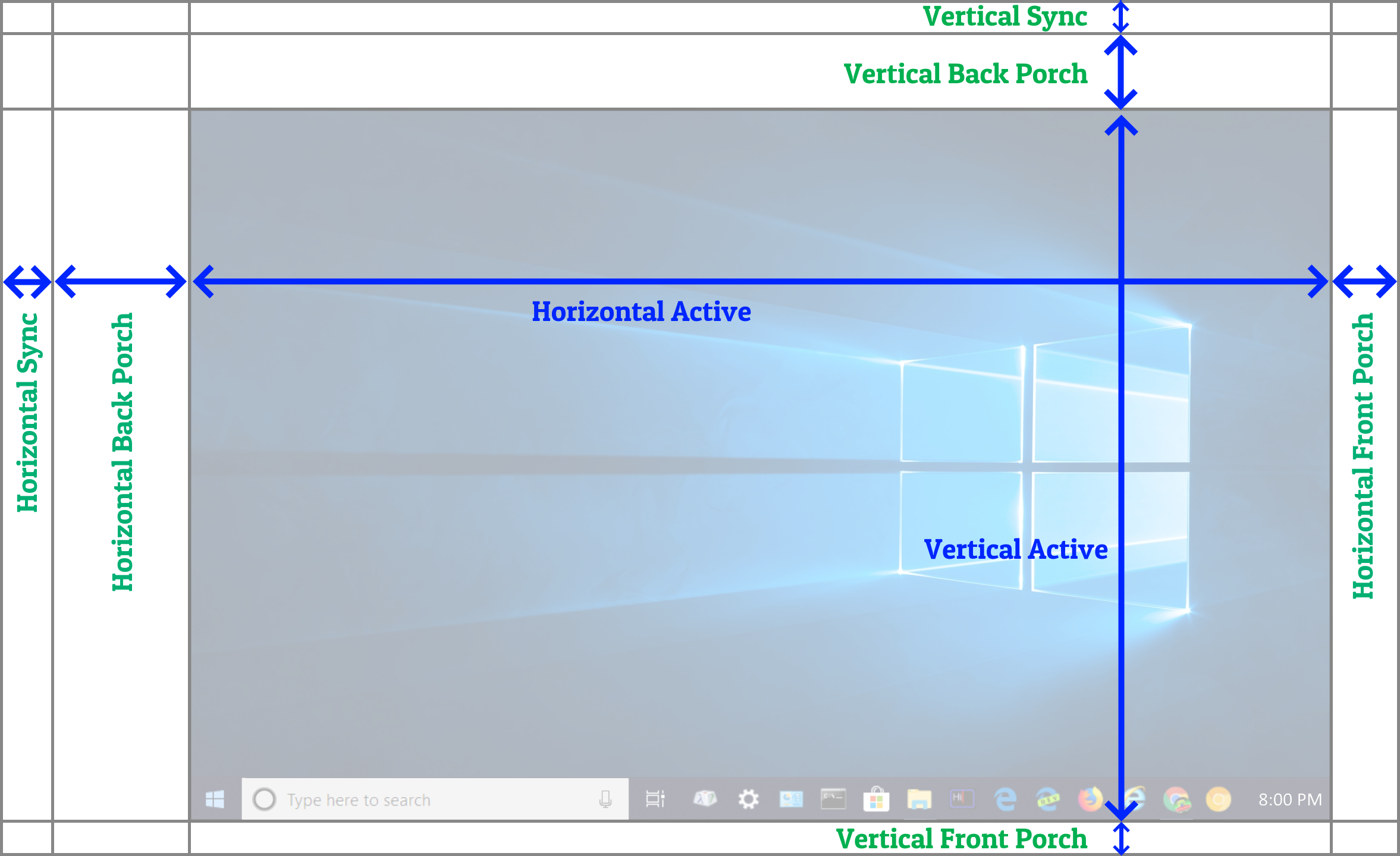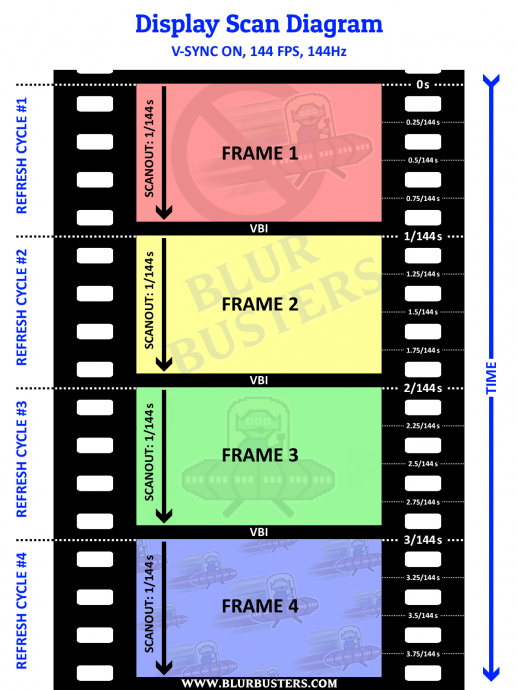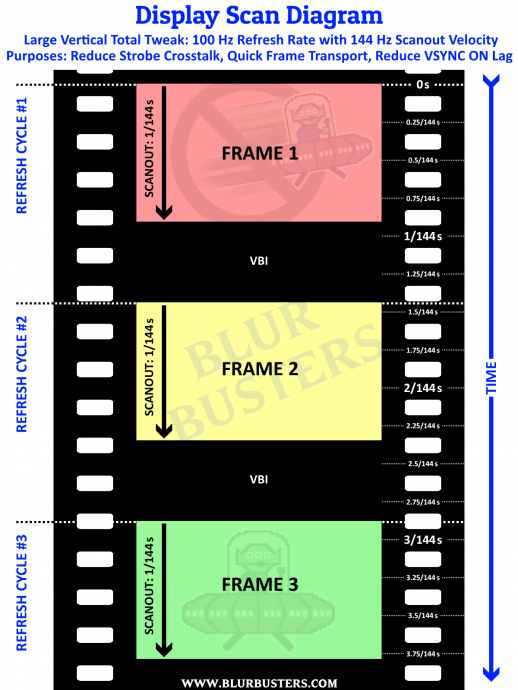Discorz wrote: ↑08 Sep 2022, 13:28
QFT is for monitors that don't utilize it at lower refresh rates. And most monitors don't.
See below. QFT is useful for more than just reducing input lag. It is also useful for reducing strobe crosstalk.
Mr1991 wrote: ↑08 Sep 2022, 10:57
Going to sound like a noob here, but if QFT is for lowering input lag, but you have to lower your refresh rate to use it, doesn’t that make it obsolete?
No, because:
QFT is not just for lowering input lag; it can reduce strobe crosstalk too.
Strobe crosstalk is double images during strobing that still persists at framerate=Hz, because LCD GtG is not fast enough to be made invisible between refresh cycles (See famous old LightBoost video at
www.blurbusters.com/lightboost/video as well as the Pixel Response FAQ at
www.blurbusters.com/gtg-vs-mprt ....)
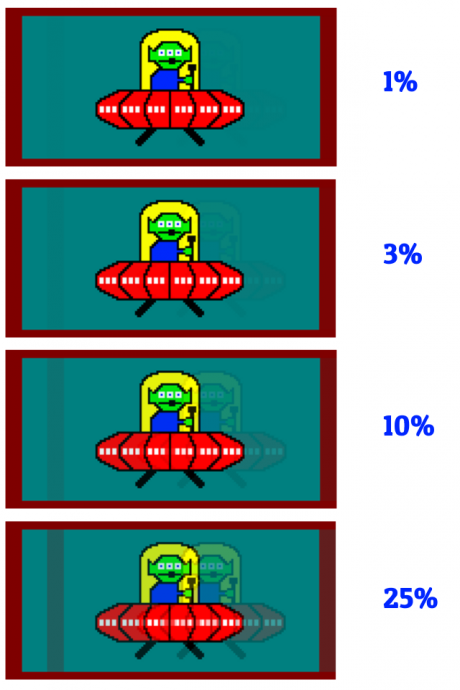
Utilizing QFT can solve a lot of this by hiding more LCD pixel response unseen from human eyes. A faster LCD scanout (that QFT can help) means more time for LCD GtG to finish in total darkness between strobe backlight flashes.
Strobing looks higher quality at framerate=Hz, so sometimes you have to lower Hz to match GPU's framerate. This can make it more fun to play certain games like Cyberpunk 2077 or other GPU-demanding if you're a motion blur reduction purist. Those games can't do 240fps.
Refresh rate headroom makes strobing higher quality. Many strobe purists prefer a superior 120Hz strobe mode over an inferior 240Hz strobe mode.
Retro content, such as emulators, where you are stuck with low Hz. QFT can reduce the input lag of emulators.
Also, remember virtual reality. The Quest 2 LCD has to run at ultrafast scanouts too -- it's technically theoretically capable of higher refresh rates, but instead Oculus (Meta) uses the headroom to eliminate strobe crosstalk.
Etc. There's more reasons, but this should micdrop the "obsolete" debate. At least until we've got blurfree sample-and-hold (
Where 1000fps+ 1000Hz+ could make strobing obsolete someday)
______
In other words:
QFT is not just for lowering input lag. It also reduces strobe crosstalk, by hiding more LCD GtG in the VBI between refresh cycles, unseen by human eyes. 60Hz refresh cycles can be made to scan-out in 1/240sec on some 240Hz monitors, leaving 3/240sec between refresh cycles (12.9ms blanking interval!) -- a blanking interval giant enough for a truck to drive through. This was utilized on the XG2431, as seen at
www.blurbusters.com/xg2431 with Strobe Utility.
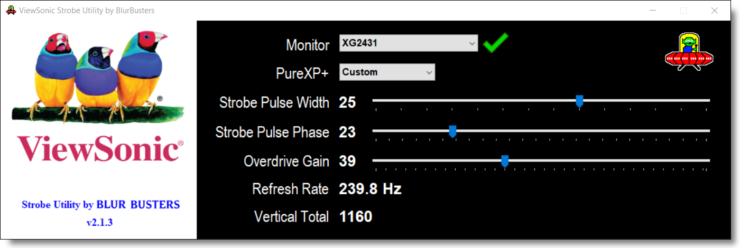
On the XG2431, you can get to zero strobe crosstalk with a QFT 60 Hz mode. Here's an image:
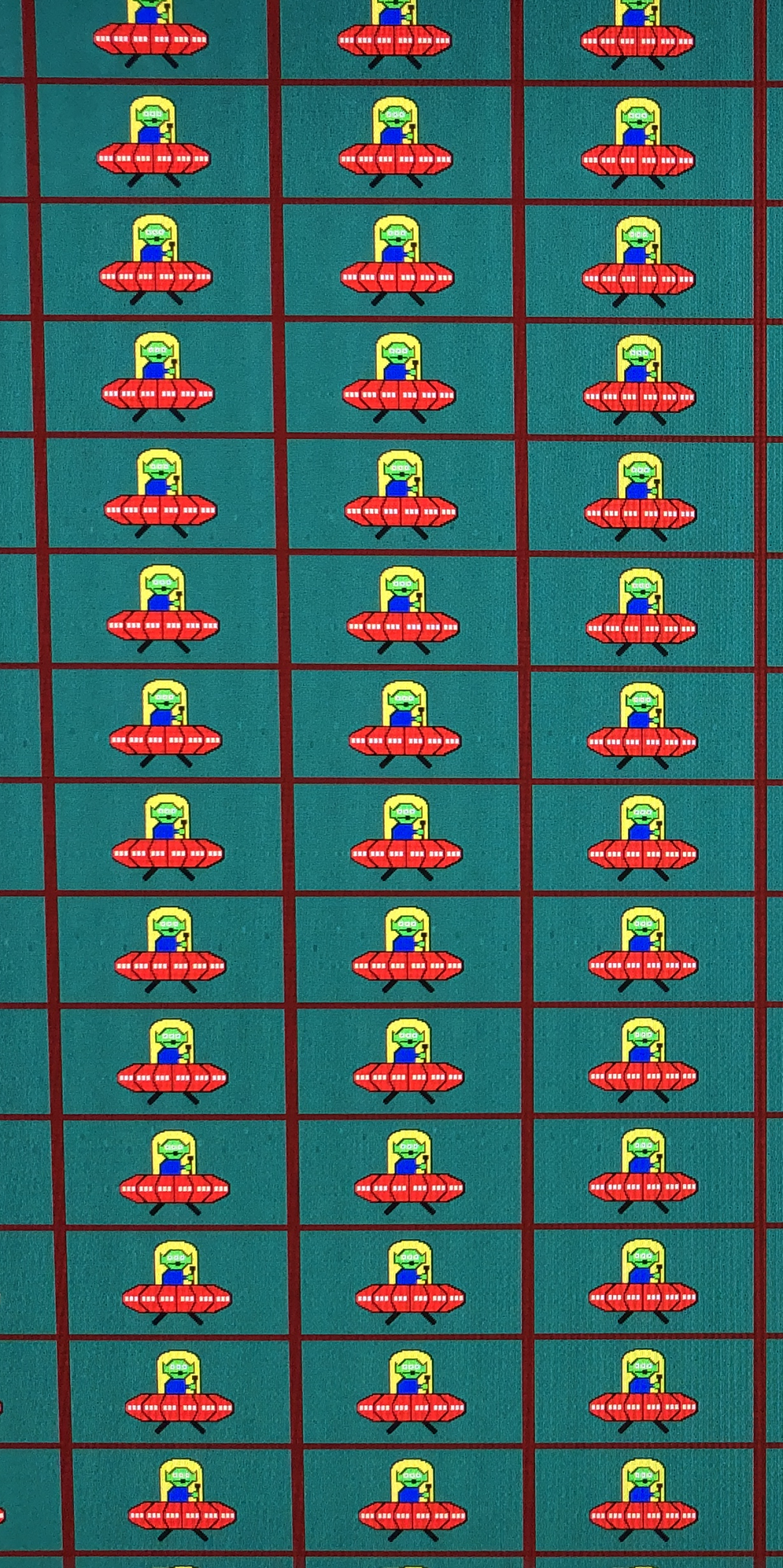
With QFT, the Vertical Total at 60 Hz is between around 4000-4600, depending on what mode you derive from.
On some 240Hz panels, doing a QFT 120fps 120Hz (combined with VSYNC ON, or a low lag clone thereof such as RTSS Scanline Sync) can sometimes produce a superior playing experience over 240Hz for some people, because of its perfectly blurfree nature similar to framerate=Hz on a CRT tube. As long as it's fully stutter/jitter free.
